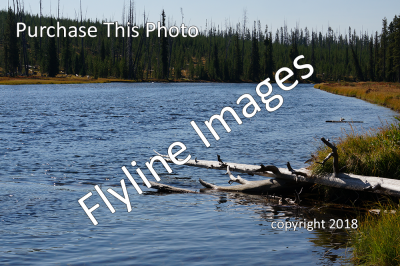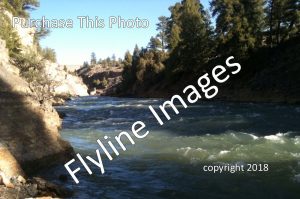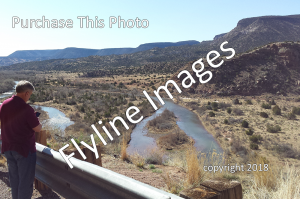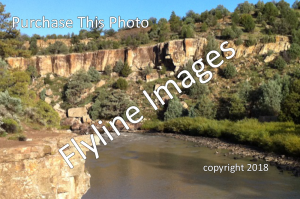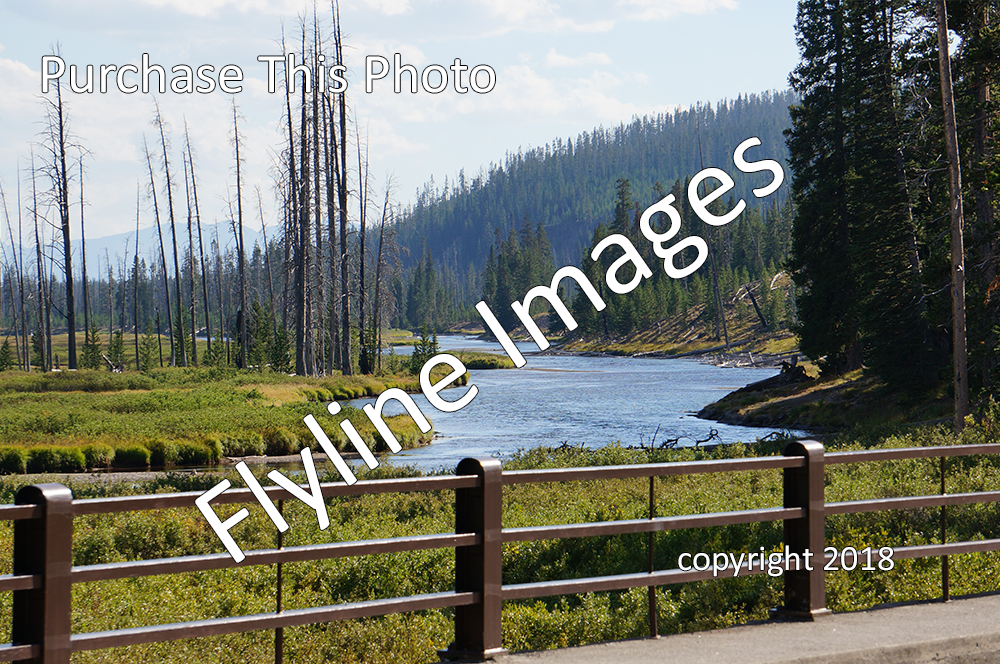 Some Of Our Favorite Scenic Rivers & Streams
Some Of Our Favorite Scenic Rivers & Streams
Affordably Priced Photos, Royalty Free Images
Flyline Images offers a wonderful collection of stock photographs of gorgeous rivers. When you purchase an affordably priced image from us, you also get a royalty free license to utilize that photo. Our team loves taking photos of rivers and streams. Water is the life blood of our world. Keeping America’s waterways clean and healthy is something we support. Our staff loves to fish. We always practice catch and release so that your and our grand kids will be able to enjoy the same wonderful experiences that we have.
If you love rivers, you are really going to like the photo collection we are creating. Our focus thus far has been on rivers in the western part of the United States. Our goal is to create one of the best collections of river photos available. The plan is to create a wide ranging collection that includes gorgeous photos of many of America’s most popular and scenic rivers and streams.
Yellowstone National Park Streams, Creeks & Rivers
There are many incredible rivers and streams that flow through Yellowstone National Park. Our photo team has worked hard to include many of those scenic waterways in our river and stream collection. Rivers, streams and creeks included in our Yellowstone collection include Buffalo Creek, Firehole River, Gardner River, Gibbon River, Hellroaring Creek, Lamar River, Madison River, Slough Creek, Snake River, Soda Butte Creek and the Yellowstone River. Yellowstone National Park is a place that we love to visit. Even though our photo team has visited the park on many occasions, we always seem to encounter something new, each time we are there. Yellowstone is the very first National Park ever established in the United States. It was established by the U.S. Congress and signed into law on March 1, 1872, by then president Ulysses S. Grant. The park is larger than some states in the United States. It is so large that areas of the park fall into three different states; Idaho, Montana and Wyoming.
New Mexico Rivers & Streams
We love traveling to New Mexico. The terrain and environment are unique and different from any other area in the country. Even though much of New Mexico is dry and arid, there are some incredible rivers and streams that flow through that state.
The Flyline Images team included several of the states most popular rivers and streams in our photo collection. Rivers and streams we photographed include; the Brazos, Chama River, Rio Grande and the San Juan River.
These two rivers are absolutely gorgeous. The are both located in the northern area of the state. As mentioned earlier, most of New Mexico is high desert. The northern part of the state is completely different. You will find beautiful mountains, stunning forests and lots of lakes and rivers. The headwaters of both the Chama and the San Juan flow from the San Juan mountains, in southern Colorado, down through the northern part of New Mexico.
 San Juan River
San Juan River
One of our favorite fishing trips ever has to be the float trip we took on the gorgeous San Juan River. The San Juan is full of trophy size rainbow and brown trout. There are some stretches of the San Juan that are thought to hold as many as 20,000 fish per mile. A float trip is by far the best way to see more of this beautiful river. It’s also the best way to access more of those trophy sized fish.
The best fishing on the San Juan is just below the Navajo Lake dam, located in northern New Mexico. The water is deep and really clear. When we took our float trip, we started at a spot called the Texas Hole. It was a wide stretch of river that is one of the most popular fishing spots on the river.
Fly Fishing is the preferred method for fisherman working the San Juan. We recommend using a guide and taking a float trip. The river just below Lake Navajo Dam is extremely deep. You can wade, but, in most areas, you cannot get far enough out from the bank in waders to actually cover the hole river. From a boat, you can reach all of the best fishing holes. Most of the guides in the area are set up to accommodate two fisherman per boat. Their boats have a seat in the front of the boat, one in the middle that the guide uses for paddling and steering, and one in the back for another fisherman.

